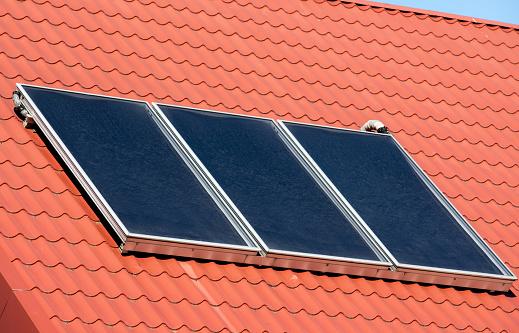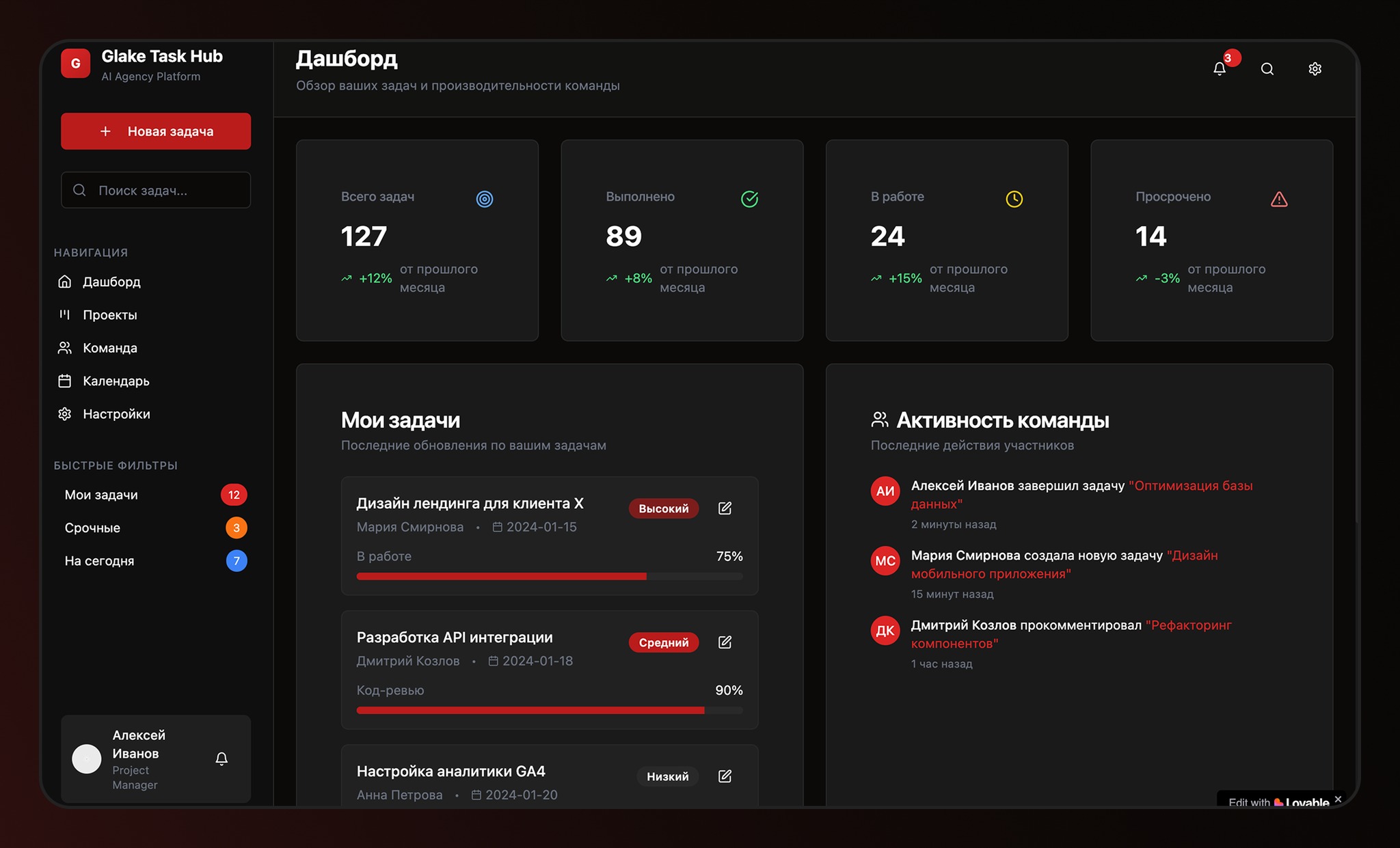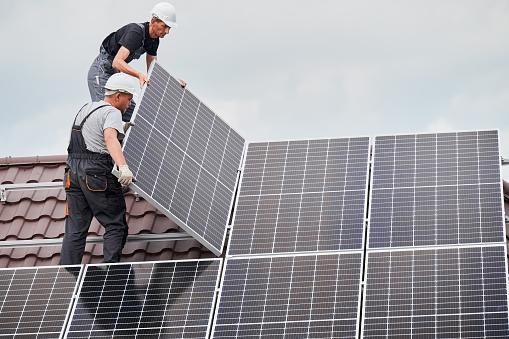Solar energy comes from the heat and radiation from the Sun and is one of the best and cheapest renewable energy options, while also helping to combat the effects of climate change.
To produce such energy solar panels are essential. They are responsible for capturing light and then generating electrical current to provide energy.
Photovoltaic solar power was discovered by French scientist Alexandre Edmond Becquerel in 1839, but the first photovoltaic cell capable of producing usable energy was created and demonstrated only in 1954 by Bell Telephone Laboratories, an American company founded by scientist and inventor Alexander Graham Bell.
Thanks to the photovoltaic effect, it is possible to generate electric current after a photovoltaic cell is exposed to the Sun; During the absorption of photons, i.e. particles of light, electrons are released to generate electrical energy. No wonder solar panels contain dozens of photovoltaic cells that absorb light and produce energy.
To try to best explain the issue, TecMundo gathered information from solar experts to uncover how solar panels are made.
How are solar panels made?
for Solar panels consist of interconnected photovoltaic cells made of semiconductor materials.Ultra-pure silicon crystal is the most used material in the manufacture of solar cells – which can absorb sunlight to create an electric current. Typically, commercial panels are produced with 36, 60 or 72 cells.
Each cell is made with two types of silicon semiconductors, a positive layer and a negative layer. The absorption of solar energy in this way causes electrons to move between the layers and finally the light particles are converted into electric current.
What is the solar panel made of?
photovoltaic cells
As stated earlier, photovoltaic cells are the most important part of solar panelsbecause they convert sunlight into electric current. They have a thin thickness of about 185 microns and therefore need to be handled with great care; the production value of the cells is equivalent to about 60% of the cost of a solar panel.
The cells are connected to each other by means of copper or aluminum conductive wires, which are soldered with a special soldering machine. They are placed under the glass using a machine that aligns the cells perfectly, providing protection for the plates to last for several years.
Glass
The front of the solar panels is covered with a special ultra-pure anti-reflective glass with low iron content, which reduces reflection to allow the cells to absorb sunlight more effectively. Even higher quality glass provides stronger and more durable panels against rain, hail and other meteorological phenomena.

back page
The back sheet is the back of a solar panel, a white plastic material with the function of protecting internal components such as photovoltaic cells, preventing water, soil or any other substance from entering the back of the panel.
encapsulation film
The encapsulating film is a transparent layer that protects and thermally insulates solar cells, usually manufactured with a thermoplastic copolymer of ethyl-vinyl-acetylene (EVA), ethylene and vinyl acetate – the material contains the entire structure of the solar panel. Specially manufactured problems to protect panels against possible damage from UV rays, humidity and extreme temperatures.
junction box
The junction box at the back connects the electrical circuits of the cells to the outside of the solar panel, makes the interconnection between the cables and the solar panels installed on the ground – it is attached to the back of the box with an adhesive. silicone glue or double-sided tape. The box also has bypass diodes to ensure the panel is in good working condition.
aluminum structure
The structure of the solar panel is usually made of anodized aluminum, providing greater strength and quality in different climatic conditions – aluminum is most often used, but manufacturers use different materials. The aluminum frame, besides being robust, generally offers more safety and practicality when installing the plate.
A rising technology
After the solar panels are installed, they are tested to make sure they are working as expected. In addition to the ever-growing commercial industry, there is a large community of people who are installing their own solar systems to reduce cost and improve energy efficiency.
According to a study published in the scientific journal Nature SustainabilityThousands of cities around the world have the capacity to meet their energy demands using solar panels floating over water reservoirs. In other words, photovoltaic technology has enormous potential in creating a more sustainable future.
“Globally, the greatest regional potential tends to be concentrated in the United States, eastern Brazil, Portugal, Spain, northern South Africa, Zimbabwe, India and eastern China,” the scientists in the study explain.
Source: Tec Mundo
I’m Blaine Morgan, an experienced journalist and writer with over 8 years of experience in the tech industry. My expertise lies in writing about technology news and trends, covering everything from cutting-edge gadgets to emerging software developments. I’ve written for several leading publications including Gadget Onus where I am an author.












